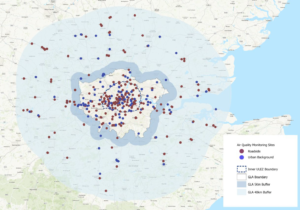Meet & Match: a step towards the Amsterdam MoLo Hubs pilot

It was impressive to see all the cargo bikes and light electric vehicles gathered in the garage beneath the Passenger Terminal in Amsterdam. Various providers of zero-emission vehicles came together for a ‘Meet & Match‘ event, connecting with potential users—entrepreneurs from construction, installation technology, and other facility and technical service industries. This event is a …









